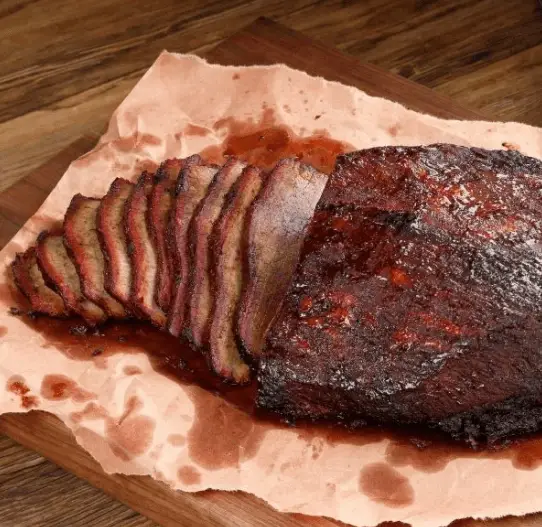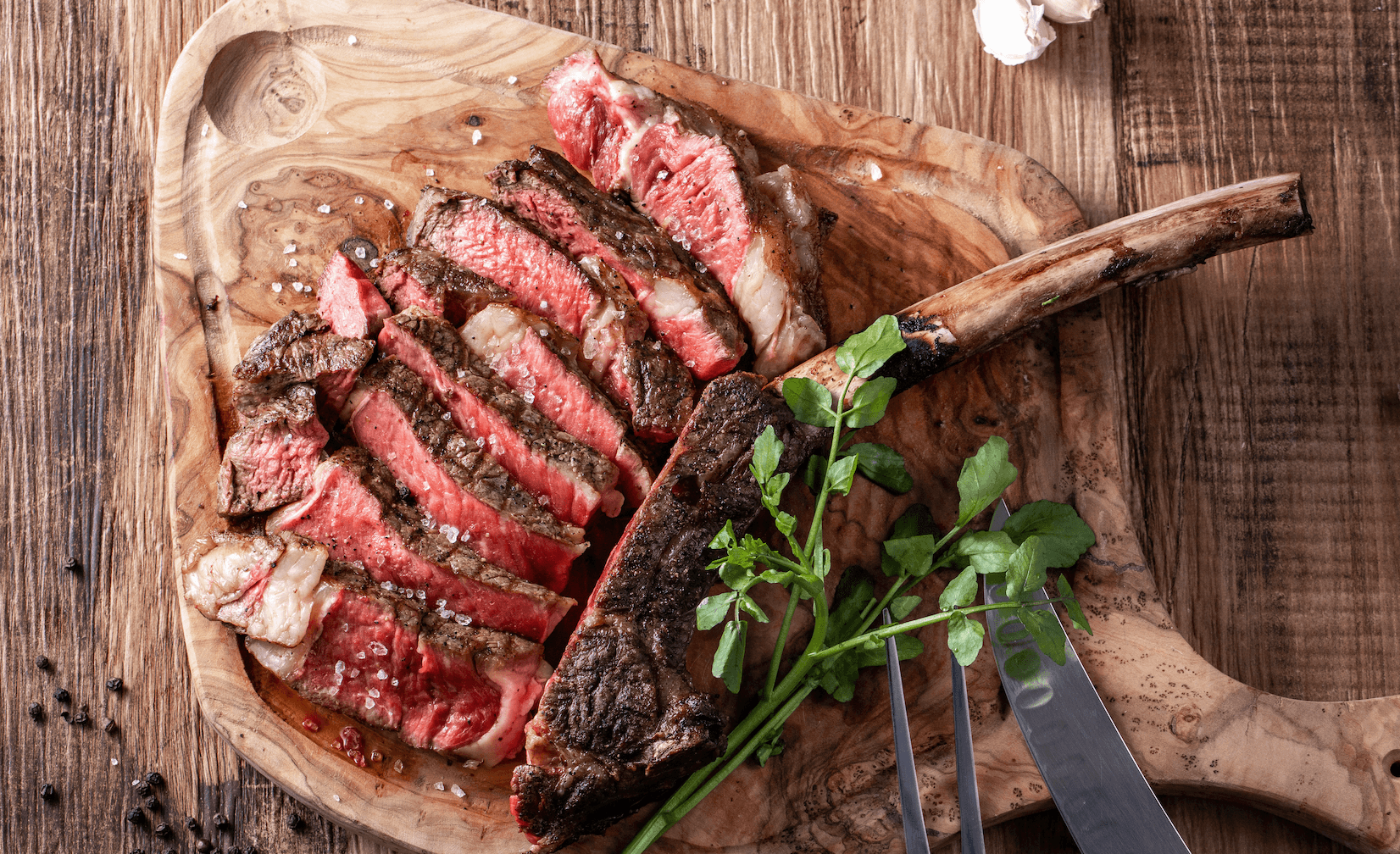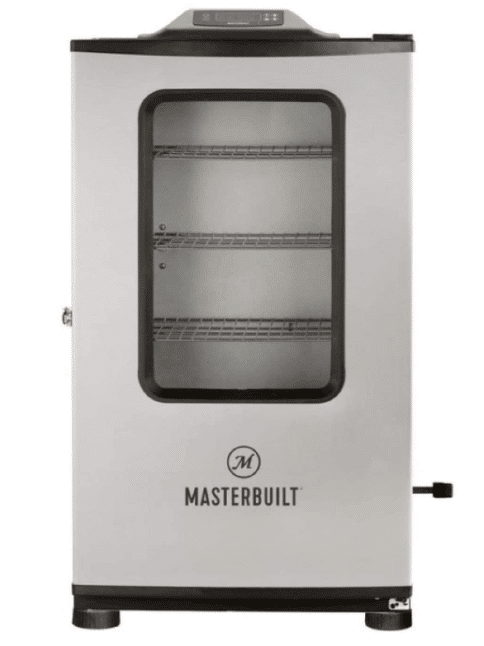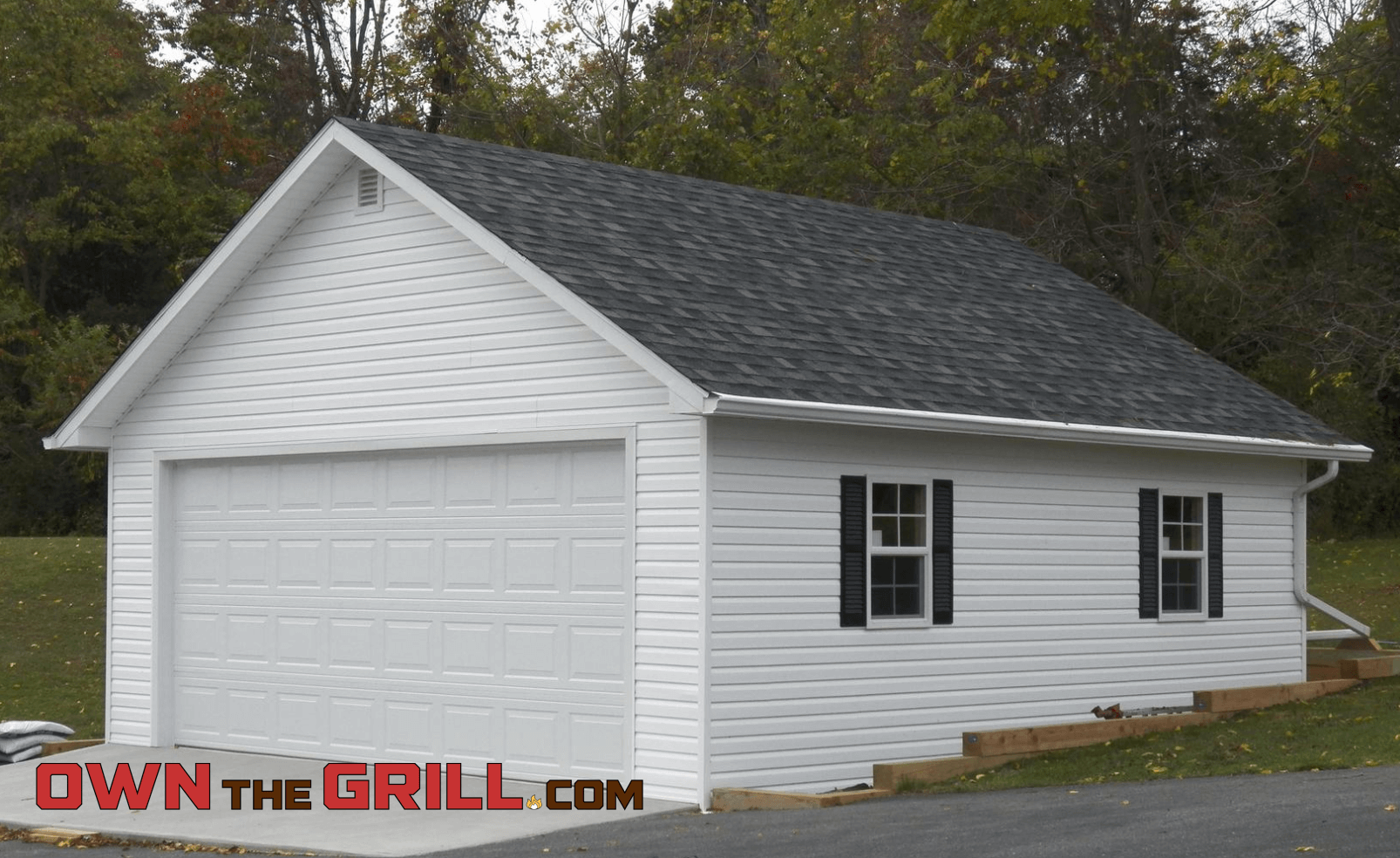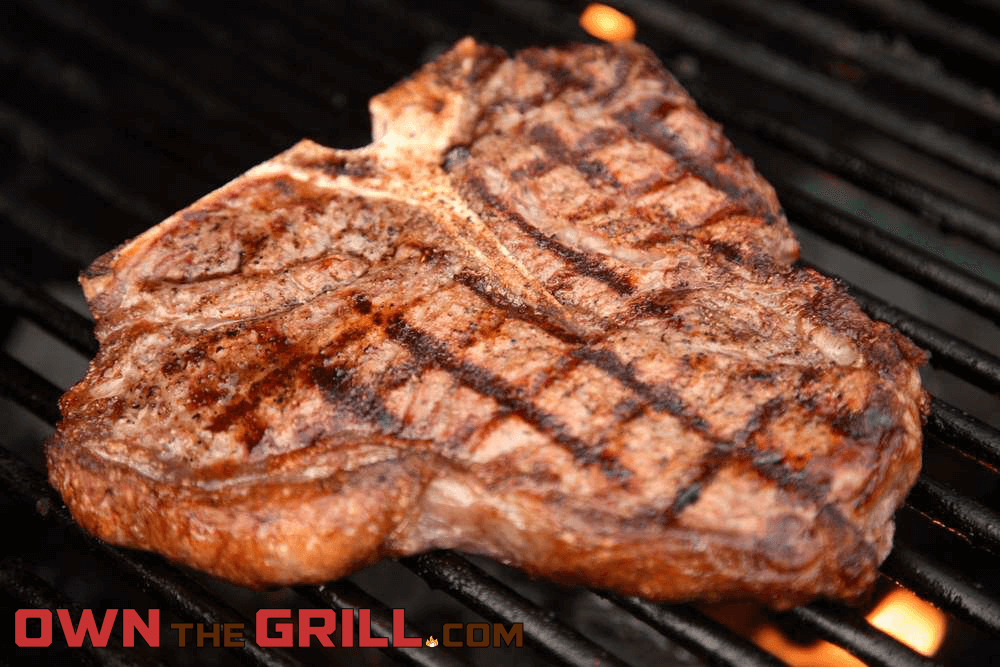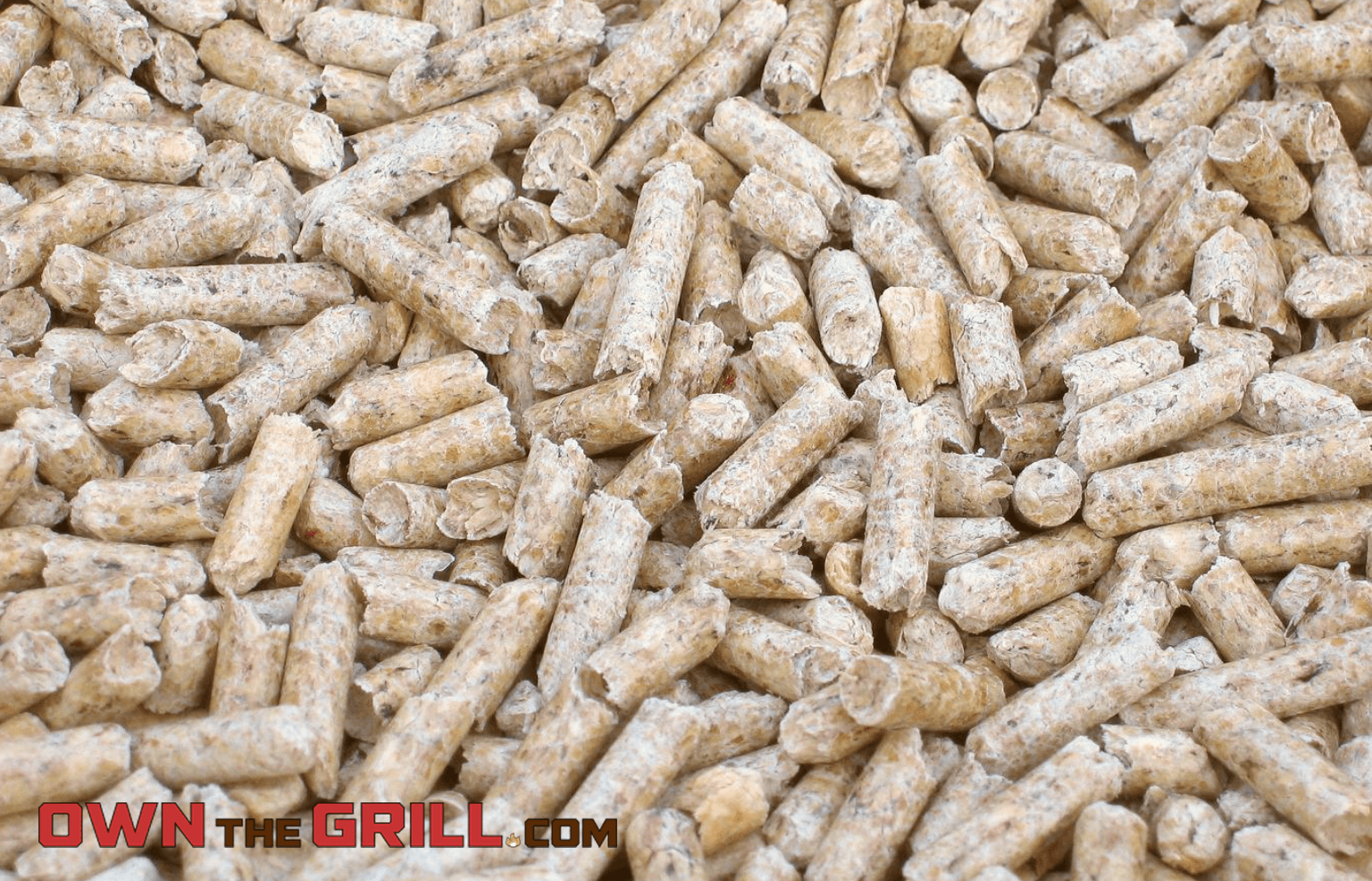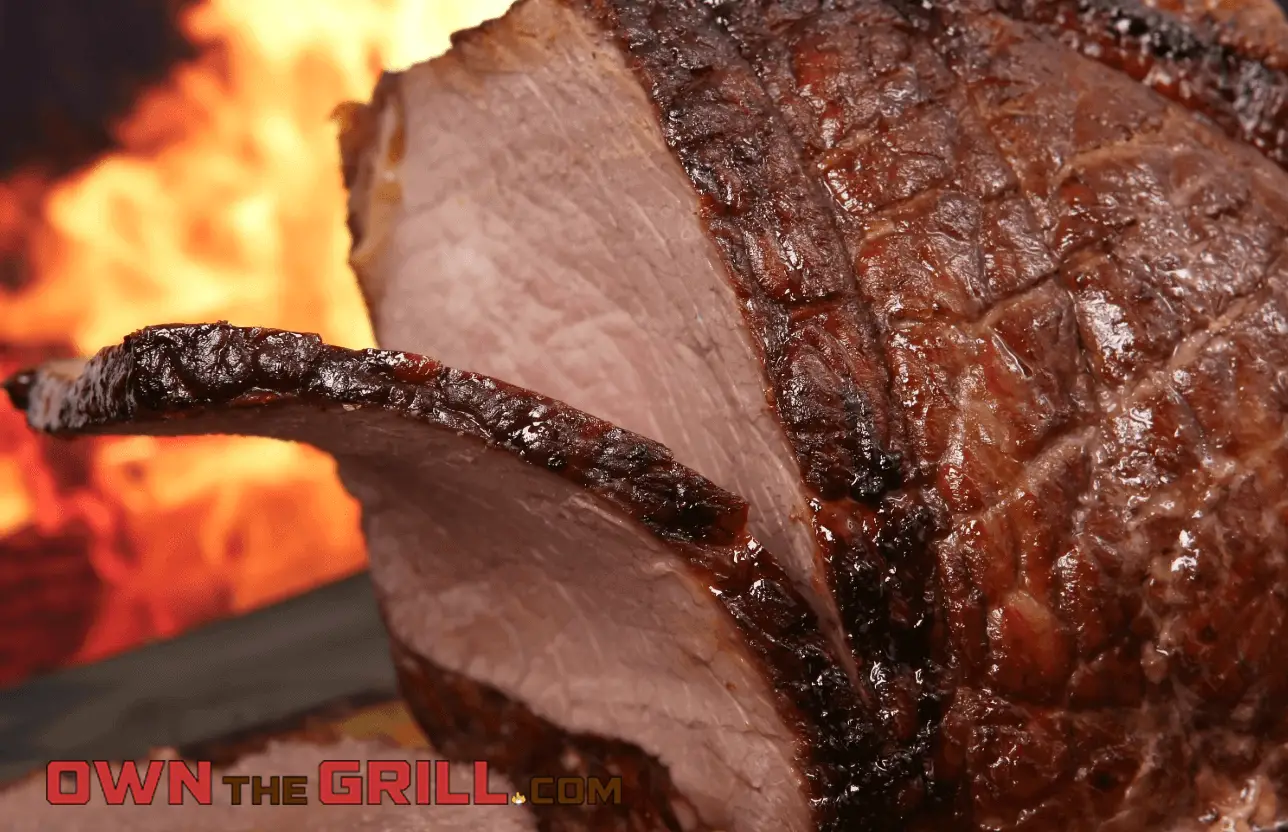This content contains affiliate links. If you make a purchase after clicking a link on this page, we might receive a commission at no cost to you.
When it comes to good old fashioned BBQ, brisket is just one of those cuts that always seems to be the centerpiece of a plate of delicious smoked meat.
You can find it on the menu in just about every single BBQ joint, and over the last decade it’s become increasingly popular for backyard pit masters to perfect their own brisket recipes.
But what is brisket exactly? It clearly tastes good, but where does it come from and how does it get to its delectable form on your plate?
In this article, we’ve created a guide for everything you could ever possibly want to know about brisket. We’ll answer the question – “What is brisket?” and much more. Read on to learn more about this delicious cut of BBQ!
What is Brisket and Where Does It Come From?
So you know that brisket is one of the best types of smoked meat, but where does it come from exactly?
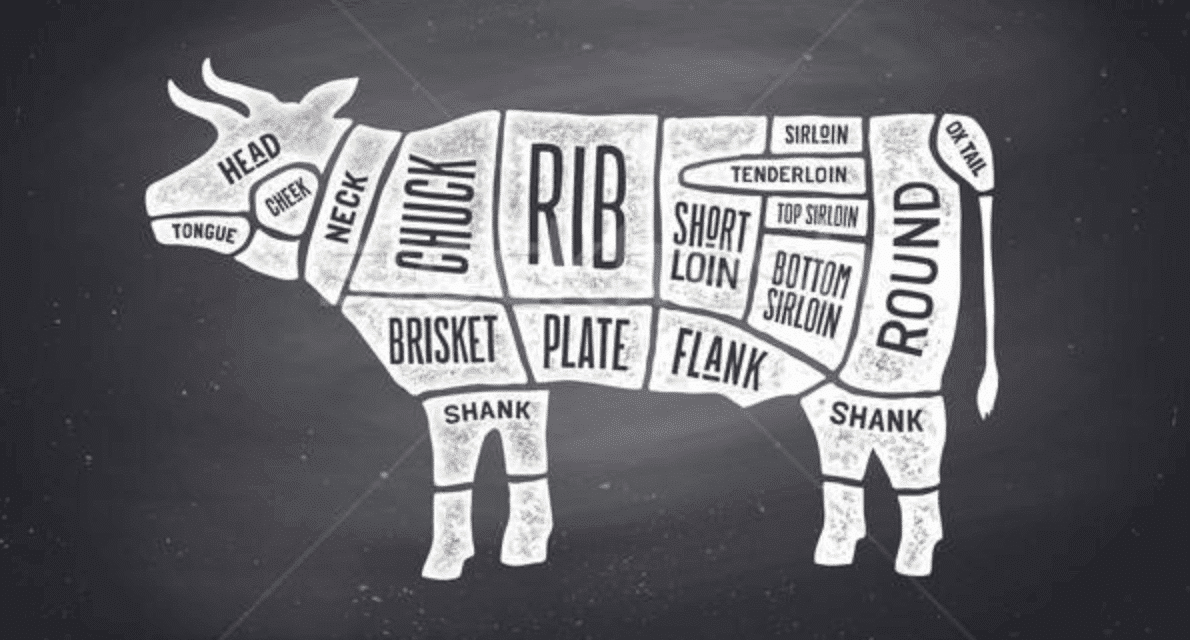
Where Is the Brisket On a Cow?
Brisket is a beef cut that comes from a cow or a steer. If you’re looking at a diagram of a steer, the brisket is located in the lower chest area of the animal. It’s just above the front two legs of the cow.
The brisket itself is actually the muscle that supports about 60% of the of the animal’s body weight while it stands and moves around.
Your average full grown steer can weigh upwards of 1,200 pounds – so as you can imagine the brisket section of the animal gets its fair share of strain and work.
Because of this, the brisket cut is one of the toughest cuts of beef that comes out of a steer. The muscle grows strong, tough, and firm over the course of the animal’s life as its constantly worked.
How Many Briskets Per Cow?
Each animal carcass produces two whole briskets – one from each side of the breast. A whole brisket typically weighs between 10 and 16 pounds, so that’s up to 20 to 32 pounds of potential brisket per animal, depending on its size!
The Anatomy of a Brisket
A brisket is a lean, tough muscular cut that doesn’t consist of very much fat marbling throughout the meat. The pectoral muscle is full of connective tissues, elastin and collagen, that are incredibly tough.
As such, they require a long and slow cook on low temperatures in order to properly break down the connective tissue and tenderize the meat.
This is precisely why brisket is an ideal meat for low and slow cooking on the smoker. Grilling a brisket on high, direct heat simply wouldn’t work.
When you go to pick up a brisket at the butcher counter or your local grocer, you’ll see them cut and prepared for sale in one of three different ways:
Packer Brisket
The term “packer brisket” refers to a full, whole beef brisket. It’s a HUGE hunk of meat and can weigh anywhere from 12 to 18 pounds.
For most backyard pit masters, a whole packer brisket is by far the largest cut of meat you’d ever work with – and it can take half a day or more to cook completely on the smoker.
Many butchers will divide up their briskets into smaller cuts, especially for resale at grocery stores or to retail customers.
A whole brisket can be subdivided into two pain parts – the point and the flat, which are each smaller and more manageable to cook than a packer.
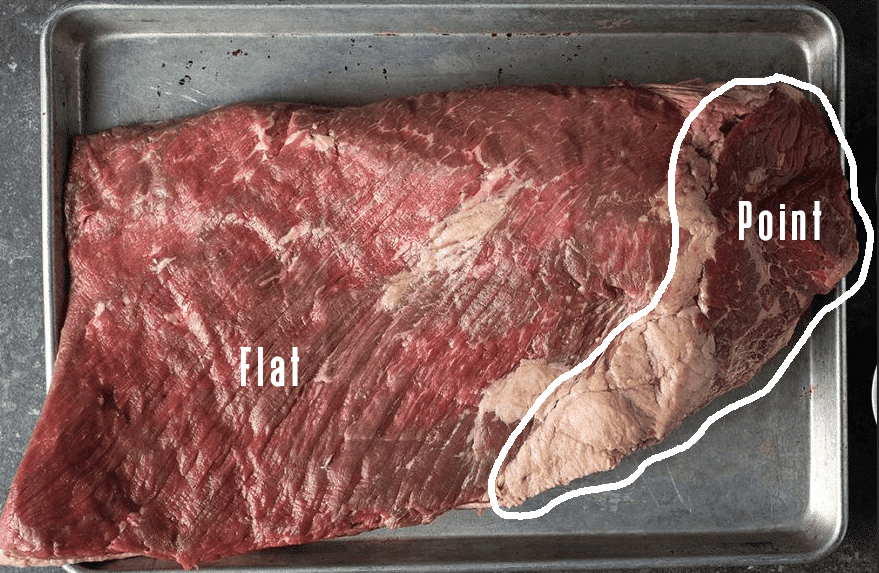
Brisket Point
The brisket point is the thickest section of the brisket, and compared to the flat it has more marbled fat and connective tissue throughout the meat.
In the world of smoking beef, more fat means more flavor. Out of the two sections of brisket, the point yields slightly more flavorful results with that tasty beefy flavor we’ve all come to love about BBQ brisket.
The point has comparatively less meat in it than the flat, simply because it’s smaller in overall size. A typical brisket point can weigh anywhere from 4 to 6 pounds.
Brisket Flat
The flat section is a long, lean section of the brisket that will be tougher than the point – but nothing that can’t be taken care of with a long slow cook on your smoker!
It gets its name because the cut is long, thin, and rectangular shaped. The underside is relatively flat, and there is a thick layer of fat, known as the fat cap, that sits on top of the brisket.
The fat cap needs to be trimmed (your butcher might have already done this for you), but some of the fat should remain to help moisten and flavor the meat while it cooks.
Preparing Brisket To Go On the Smoker
Before your hunk of beef goes on the cooking grates, there are a couple of steps to take for you to prepare your brisket for the cook.
Trim the Fat
Some butchers and grocers sell brisket pre trimmed, but odds are you’re going to have to do some trimming yourself too.
Brisket cuts come with lots of excess fat, in the form of the fat cap and also in the form of hard or loose hanging pieces of fat. You’ll want to trim and square the brisket up so that no little pieces of fat burn or cause problems during the cooking process.
The overall goal when trimming the fat is to get large chunks out of there but leave enough fat to flavor the meat and help tenderize your beef during the cooking process.
We’ve created an entire guide for how to trim a brisket right here, so check that out next if you’re planning on trimming brisket yourself. Here’s also a great video from Meat Church BBQ outlining the process for all of you visual learners out there.
Rub It Down
After the beef is nice and trimmed, the next big preparation step is to rub down your beef with a BBQ rub.
What Is A BBQ Rub?
A brisket rub is simply a combination of seasonings and flavoring ingredients that are mixed together. From there, the rub gets applied to the entire outside surface area of your brisket.
The purpose of a rub is to enhance the flavor of your food – a good rub will not only add an extra layer of flavoring, it will also bring forward and accentuate the excellent beefy flavor that naturally comes from a brisket.
Ideal Rub Types For Brisket
The rub you choose to use can be a dry rub or a wet rub. Most every rub consists of a base of salt, and many have a sweet element to them as well, such as brown or maple sugar.
Of course one of the most famous BBQ pit masters on the planet, Aaron Franklin, uses a simple Texas Style rub that consists only of kosher salt and coarse ground black pepper.
The point is, you have options when it comes to choosing a rub. No one rub is better than another per se – it largely comes down to personal preference.
But either way, you should definitely choose a rub to use on the outside of your brisket before it goes on the smoker to bring out that extra flavor.
Cooking A Brisket
Low And Slow Is The Name Of The Game
For the most part, once your brisket goes on the smoker you can sit back and relax while it cooks.
As long as your smoker maintains a consistent temperature, all you need to do is wait patiently while the magic happens underneath the lid. Save maybe spritzing your beef once an hour to add moisture, if needed.
Fat Side Up Or Down?
Most of the time you want to put the brisket on the smoker fat side down – but it really depends on the type of smoker you have. You want to put the fat side of the brisket facing the heat source in your smoker.
It’s worth mentioning that there are other ways to cook brisket besides in a smoker. You can get the job done sous vide or even in an oven or slow cooker – but for my taste I’m a BBQ purist, and the best way to do it is with traditional smokey flavor.
Smoker Set Up
Most of the BBQ pundits recommend setting your smoker’s temperature somewhere between 225°F and 250°F.
The hotter you set your smoker, the less time it will take to complete the cook – but also the less tender your end results will potentially be. Setting your temperature in the 225°F to 250°F range is the way to go for proper, tender brisket.
To Wrap or Not to Wrap?
Depending on who you talk to, some people swear by wrapping brisket to aid in the cooking process. Essentially, there are 3 different ways you can wrap (or not wrap) your beef to cook it on the smoker.
All of them are perfectly viable but lead to different end results.
Going Naked
Smoking a brisket bare means that you put your meat directly on the smoker without any wrapping. Generally speaking, this will lead to your meat absorbing relatively more smoke particles, and your BBQ will also likely develop a very strong bark.
Foil Wrap
Another option is to wrap your brisket in foil. Wrapping in foil will speed up the cooking process, but create a very moist, almost roast like environment for your food while it cooks.
Foil blocks out lots of smoke and also doesn’t allow moisture to escape while the meat cooks. The end results of foil wrapping are typically more moist and less smokey – with little to no outer bark.
Pink Butcher Paper
Door number three is an in between of bare and foil wrapping. Over the last handful of years, pink butcher paper has become a highly popular BBQ accessory.
You can actually wrap your brisket with it and cook your meat on the smoker. The paper is breathable enough to allow a perfect amount of moisture to escape, and it also allows a decent amount of smokey flavoring into the beef. Paper wrapping leads to a nice bark too.
In the above video, Aaron Franklin himself cooks three briskets side by side: one bare, one with foil, and one with pink butcher paper. Watch to see the difference between each.
The Brisket Stall
An interesting phenomenon occurs on the smoker when you cook a brisket for 10-12 hours.
When you place your brisket on the smoker, it will in all likelihood start around an internal temperature close to room temperature. For the first part of the cook, the meat will rapidly rise as it heats up.
About 2 or 3 hours into the cook though, the temperature climb hits a brick wall and remains in the 150°F to 160°F range for 5 to 6 hours, depending on the size of your meat. This is known as the brisket stall.
5 hours is a long time, and it’s easy for panic to set in. Especially when there are hungry stomachs expecting a BBQ feast later. I’ve heard stories of amateur BBQers moving their brisket to the grill to try to kickstart the temperature climb.
Patience Is Key
Don’t let that be you! Patience is key, and rash decision making can ruin your cook. The stall is perfectly natural – to put it simply, it’s an extended period of time where your beef experiences evaporative cooling. It’s a fancy term that refers to a sequence where your meat essentially “sweats” moisture out while it cooks.
So your meat is still cooking during the stall, but the moisture it releases in turn cools it back down – and this repeats for about 5 to 6 hours of the process. Eventually when a large proportion of the moisture has left the meat, your temperature will begin to rise again.
If you want to speed up the cook and cut down on the time you spend in the stall, you can employ the “Texas Crutch” method – where you smoke the brisket bare at the beginning then wrap it in foil once it reaches the stall.
When Is Brisket Done?
We recommend cooking brisket to an internal temperature of 203°F, but more on that in a moment. Remember, your brisket takes a long time to cook so it’s impossible to “eyeball” when it’s complete.
An important note – you’ll want to have a probe thermometer handy for your cook! You’ll need it to measure the internal temperature of your meat while it’s on the smoker – ideally in two places. It’s the only way to know for sure that your brisket has been completely cooked through and finished.
Brisket is done once it reaches an internal temperature of 190°F. That’s the minimum internal temperature we’d recommend taking it off of the smoker.
The magic number according to lots of BBQ pit masters is 203°F. The extra time on the smoker allows the brisket to further tenderize and develop flavors and bark.
As long as you’ve reached 190°F though, you’re good to go. Don’t be afraid to experiment with pulling your food off of the smoker at different temperatures to learn a little bit about what your preferences are.
Let It Rest
A key to perfect brisket is letting it rest after it’s off of the smoker.
First, your brisket will be too hot to slice right away.
But more importantly, moisture concentrates to the center of the meat while it cooks – when you let it rest at room temperature, that moisture redistributes back to the meat to ensure an evenly tender and tasty brisket.
Tips for Getting the Most Out of Your Brisket
Get the Right Knives
You don’t want to use any old kitchen knife to slice your finished meat. Having the right kind of knife for brisket can make all the difference.
You want it to be sharp and to also use a straight or Granton style blade. You can also get away with using a scalloped blade – but you should definitely not use a serrated blade.
Remember, your brisket is going to be incredibly tender when it’s ready to slice and serve. The last thing you need is a blade that tears all of your hard work to shreds.
A sharp, straight blade will lead to restaurant quality, beautiful and thin brisket slices.
Which Type of Wood Should I Use for Brisket?
We’ve created an entire resource dedicated to breaking down the best types of wood for smoking brisket right here if you want to take a deep dive on this topic.
It’s is a very beefy, strong cut that can stand up to strong flavors. Hickory wood is a popular choice, as is Oak, Mesquite, Maple, and even fruit woods like Cherry.
Consider an Injection Recipe
One of the toughest aspects of smoking meats for a beginner is getting your end moisture levels right.
A great way to help manage your moisture, and also to add some flavor, is to consider a brisket injection recipe.
With just a little bit of extra leg work on the front end, an injection can help to make the cooking process itself a little bit more hands off.
Leftovers and Reheating
It’s no secret that brisket is a massive cut of meat to work with.
Any time you’re putting a 12 to 20 pound hunk on the smoker, odds are you’re going to have some leftovers. Which isn’t a bad thing at all! Tacos, sandwiches, and many more tasty possibilities exist for your leftovers.
The key is proper storage and reheating your beef the right way to maximize the leftover flavor and tenderness. Check out our complete guide for reheating brisket leftovers to get ready to take advantage of each piece of BBQ!
We also have some great leftover brisket tacos ideas for some inspiration on getting the most out of your leftovers.
Where to Find Brisket
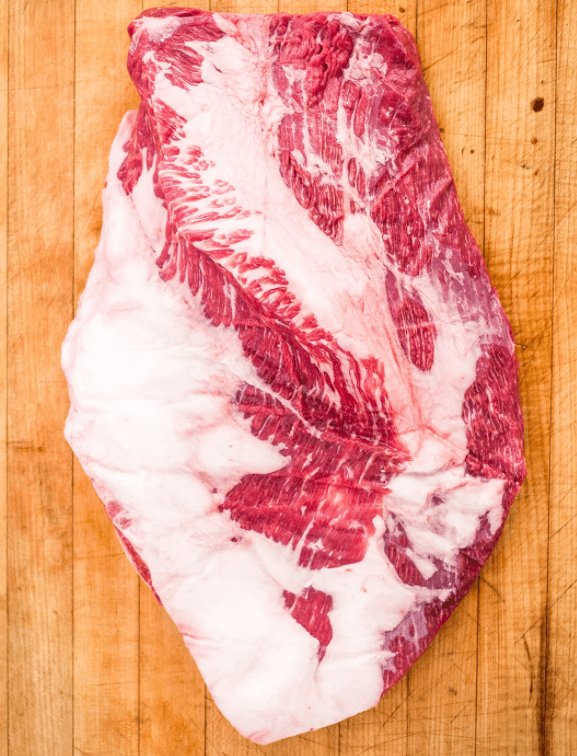
Brisket is a pretty popular cut of beef, so odds are your local grocer and butcher shop will regularly have packers, points, and flats in stock.
In this day and age, there are some online options for acquiring one too.
The first recommendation for online brisket is Porter Road. If there was ever a rancher that you could say responsibly cultivates their beef, it’s Porter Road – they hold their partners to the highest possible standards and all of their animals are raised outside, and fed vegetarian, non-GMO feed. On top of all of that? Their beef is incredibly delicious – and the prices are great.
Regardless of where you’re preparing your feast, you’ll immediately make your guests feel like they’ve just entered a Texas smokehouse.
If you really want to get serious about your brisket, the other place to check out is Snake River Farms. They’re one of the premier American Wagyu ranchers, and if you pay attention you’ll see their products for sale at some of the most upscale restaurants and steakhouses across the country.
Wagyu is the gold standard when it comes to beef, so their prices aren’t a bargain. But if you have the coin and want to give it a go, you won’t be disappointed with any of their products.
The absolutely the finest briskets available. Offered in limited quantities, Gold Grade briskets are rich with the highest level of marbling offered by Snake River Farms.
Brisket FAQ
Is Brisket Beef or Pork?
In the world of BBQ, “brisket” almost always refers to a beef cut – if you order brisket at a BBQ joint, you’re guaranteed to get smoked beef on your plate.
So when you use the term or hear somebody else use it, the assumption is that brisket is referring to a beef cut.
However, there is a less common pork brisket cut. Historically, the corresponding pork brisket area of a pig has been used to process sausage – but in recent years some more creative butchers have sold the cut as “pork brisket”, in hope that the familiar term would entice people to try to buy it.
Is Corned Beef Brisket the Same As Beef Brisket?
Yes and no. Both corned beef brisket and “regular” brisket are the same cut of a cow. Both utilize the two part brisket muscle that we have all become so familiar with.
The difference with corned beef brisket is that it is brine cured and specially seasoned specially before it’s cooked low and slow.
How Many People Does A Brisket Feed?
A general rule of thumb is to prepare 1/2 of a pound of cooked brisket per person.
Of course, this is not a one-size-fits-all answer. The number could change depending on whether you’re serving to adults or children, how hungry your guests are, and how many other dishes are being served at your BBQ.
Final Thoughts
If you came into this article wondering “what is brisket?”, by now I hope you have what you came for. It’s one of the most popular cuts of beef for BBQ, and one of the most rewarding to cook in your at home BBQ pit.
We hope this article helped you take the next step in your BBQ journey!
Did we miss anything about brisket that should be mentioned in this article? How did smoking your first brisket go? We’d love to hear from you in the comments section below.



